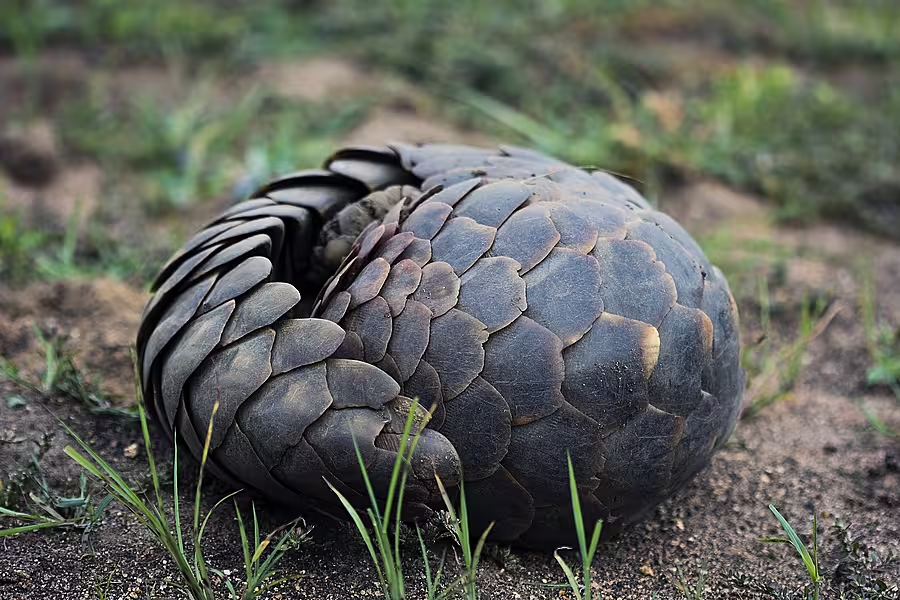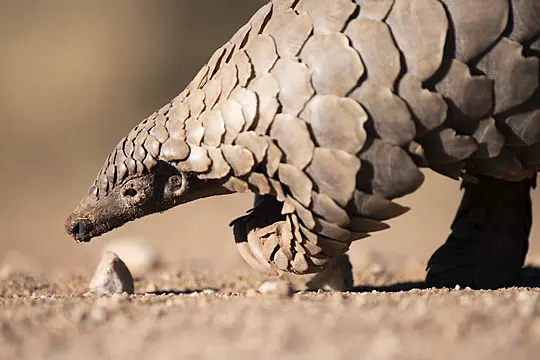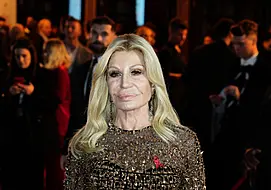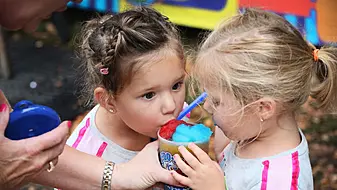Poor old pangolins just cannot catch a break. Vulnerable insect eaters poached to near extinction, the animal’s reputation took a turn for the worse when their capacity to carry coronaviruses was blamed (unfairly, it is now believed) for the spread of Covid-19.
On World Pangolin Day (February 20), here’s a few things you should know about the unerringly cute, one-time scapegoats of the pandemic…
1. Pangolins may be the most trafficked mammals in the world
Described as the “most trafficked mammal in the world” by WWF, more than one million pangolins have been taken from the wild over the last decade by poachers seeking their meat and scales (for use in traditional medicines), and tens of thousands are still trafficked every year.

2. They’re very aptly-named
Pangolin quite literally means ‘roller’, from the Malay word penggulung which translates as ‘one that rolls up’. The pangolin does indeed curl into a sphere when under threat, not unlike an armadillo, though it may also use its tail covered in sharp-edged spines to lash out an unwanted visitors.
3. There are eight separate species
For such an obscure creature, pangolins are remarkably varied, and eight distinct species roam the undergrowths of Asia and Africa. The largest is the giant ground pangolin which can grow up to 1.8 metres and weighs more than 30kg. The smallest is the black-bellied tree pangolin, which measures just 80cm, including its tail.

4. All eight species are endangered
Unfortunately, every one of the eight pangolin varieties has notched a spot on the IUCN Red List, and all eight are heading in the wrong direction. The Chinese, Sunda and Philippine pangolins each bear the dreaded ‘critically endangered’ label, one tier away from ‘extinct in the wild’.
5. Their scales are made from the same stuff as fingernails
Nicknamed ‘scaly anteaters’ for their all-natural plate mail, a pangolin’s scales are made of keratin, a hardy protein that’s the base ingredient for human hair and nails. A common building block for animal exteriors, keratin is also found in duck feathers, rhino horns, horse hooves, and tortoise shells.

6. Their ‘medicinal’ purposes are sketchy at best
Pangolin meat is considered a delicacy in parts of China and Vietnam, but the scales have long been coveted for supposed medicinal properties. In traditional Chinese medicine they’re said to aid asthma and arthritis, amongst other things, despite providing no proven benefits. In 2020 China finally removed pangolin from the official list of substances approved for use in traditional medicine – an important win for the beleaguered mammal.
7. They eat a ridiculous number of insects
A adult pangolin may consume up to 70 million ants and termites per year, scooping them from their mounds with an anteater-esque tongue that’s often longer than its owner’s body. Besides their adorable appearance, pangolins are extremely efficient pest control.







